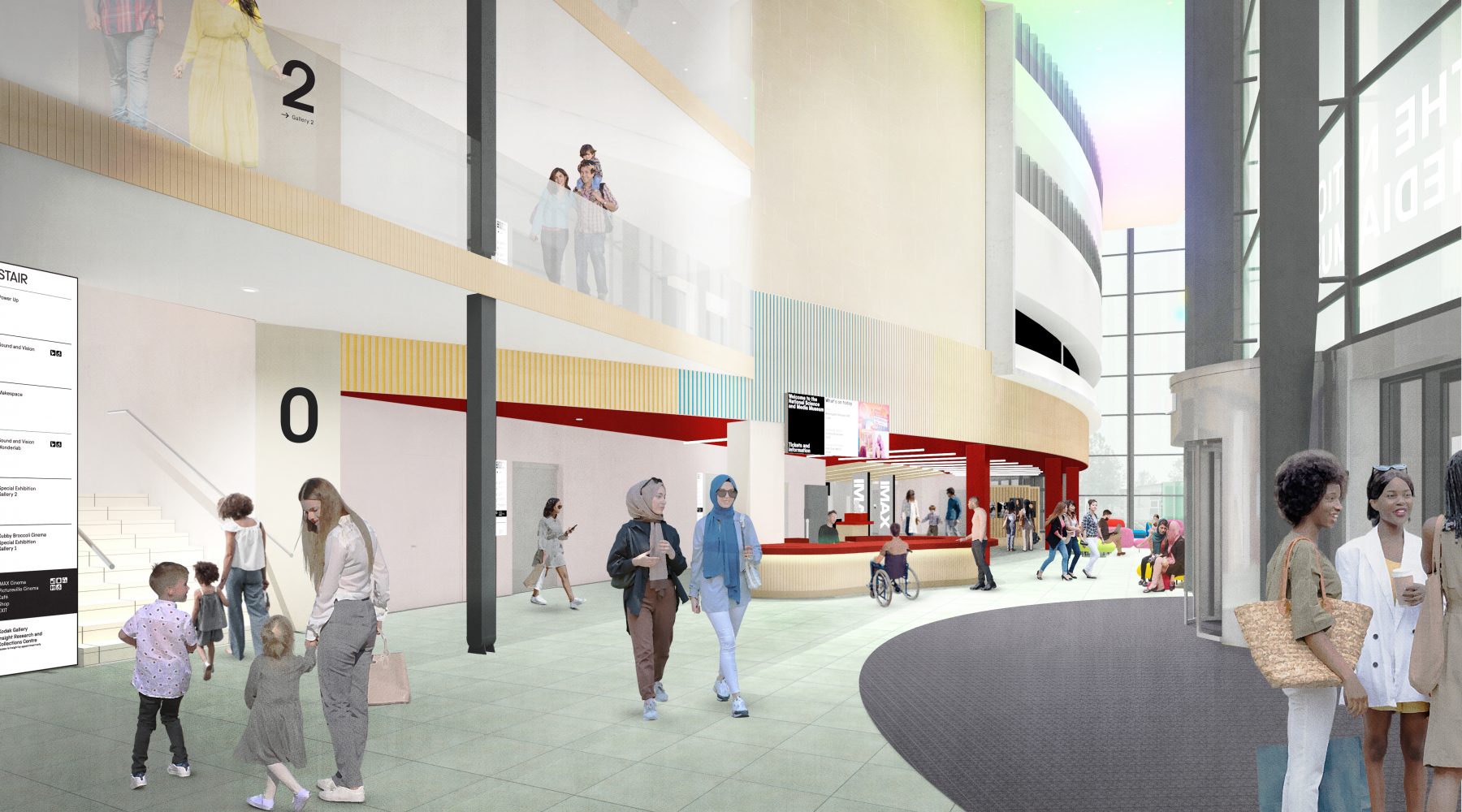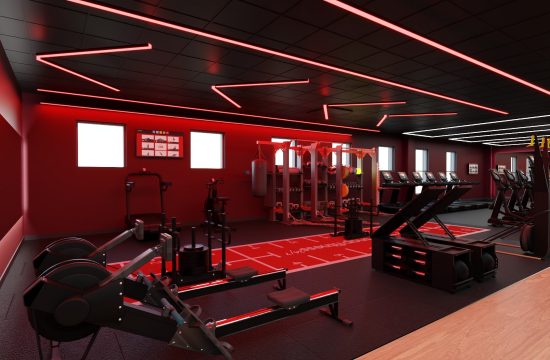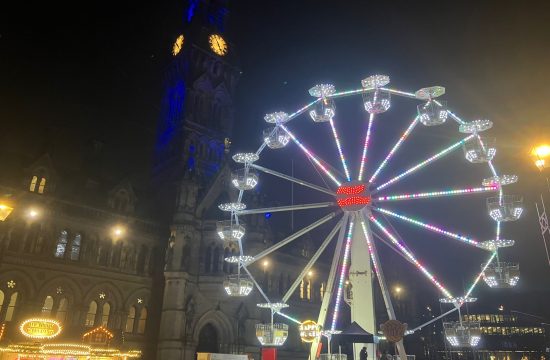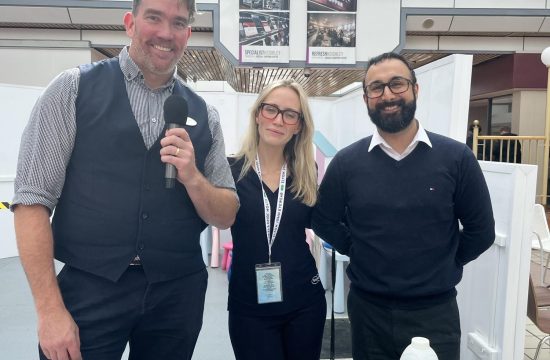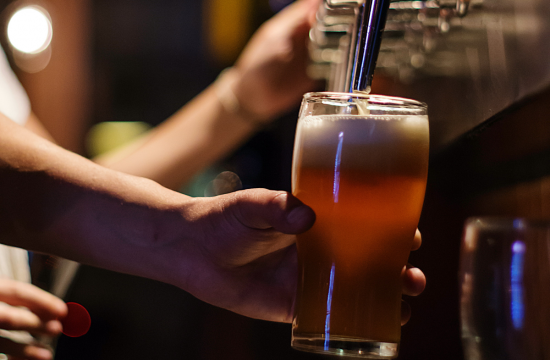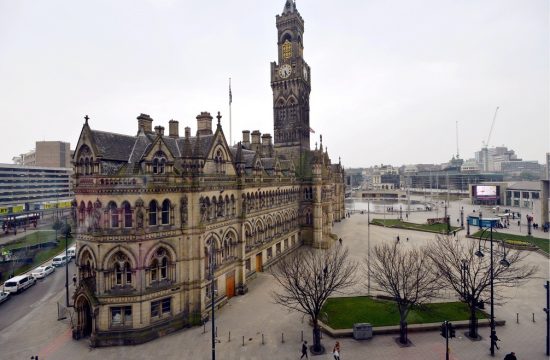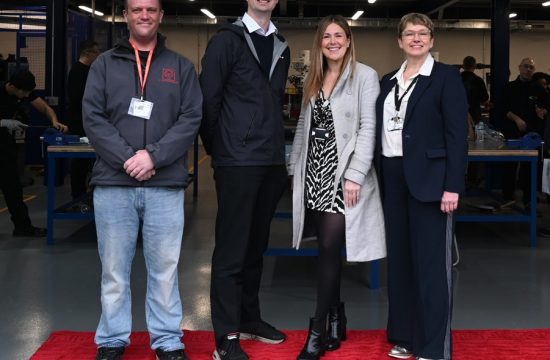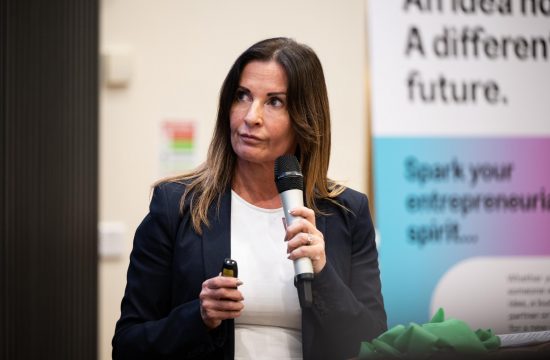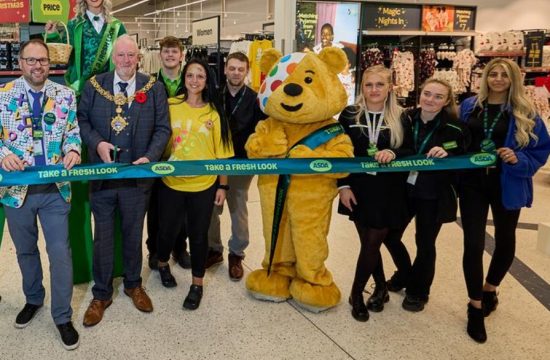The timing could hardly have been better for the reopening of the National Science and Media Museum following a “once-in-a-generation transformation”.
The museum will relaunch in January after a one and a half year closure to allow major work to be carried out.
By Annette McIntyre
The reopening had originally been planned for summer 2024 but it was pushed back due to unforeseen delays in the excavation of the new lift.
The museum will now welcome back the public alongside the launch of Bradford City of Culture 2025 – and with events going on throughout the year it is poised to gain maximum exposure as visitors flock to the city from around the country.
While the City of Culture designation could bring more visitors to the museum, the reopening in the same year is a simple coincidence.
Head of Communications and Advocacy Rebecca Land said “It would have happened regardless of City of Culture.”
“Whilst we love being in the City of Culture and we’re working very closely and in partnership with Bradford 2025 on a number of big events it’s just the icing on the cake for us that we are launching this project in the City of Culture year. When the announcement was made that Bradford had got City of Culture we were already quite deep into the planning stages for this redevelopment and we already had funding secured.”

The scale of redevelopment, funded primarily by the National Lottery Heritage Fund, was such that it was not possible to carry out construction work and welcome visitors at the same time.
Now the museum is hoping to attract half a million visitors in its relaunch year.
“That’s ambitious but we think we have a great proposition with the revamped museum and the context of UK City of Culture,” Rebecca said.
She added: “2025 is such an opportunity. This was in the pipeline anyway and has coincided. It’s amazing – it’s like all the stars have aligned.”
While the National Science and Media Museum will throw open its doors again in January 2025, the main celebration will be with the unveiling of spectacular new collections in the Sound and Vision galleries opening in summer of the same year.
The museum temporarily closed in June 2023 to undergo its transformation through a £6 million capital project called ‘Sound and Vision’, including two new permanent galleries, the creation of an additional passenger lift and improvements to the main entrance.
The museum will reopen with a new temporary exhibition in January, with more details to be revealed soon. Visitors will also see the return of the popular interactive Wonderlab gallery, along with the IMAX – the biggest screen in West Yorkshire.

As well as announcing details of plans for reopening, the museum has revealed a glimpse into the designs of its new main entrance and foyer, which have been updated to provide a more flexible and welcoming space for visitors and local communities to enjoy. The new foyer includes soft seating, a redesigned shop and the popular Media Cafe. The welcome desk has also been relocated and an additional passenger lift installed, allowing more visitors to move around the building with ease.
As part of the museum’s 2025 public programme, a new interactive and immersive installation by experiential artist collective Marshmallow Laser Feast in partnership with Bradford 2025 will open in April 2025. The installation will take visitors on a multimedia ride through time and space, exploring who we are and what makes us human. With Bradford running through its DNA, the experience has been inspired by Born in Bradford, a major research programme that has been tracking the lives of more than 40,000 people across the district since 2007.
The 2025 programme will also see the return of the museum’s annual Yorkshire Games Festival, celebrating all things gaming; the annual Widescreen Weekend film festival, showcasing Pictureville Cinema’s world-class projection facilities, along with a bigger and better Bradford Science Festival over the October half term.
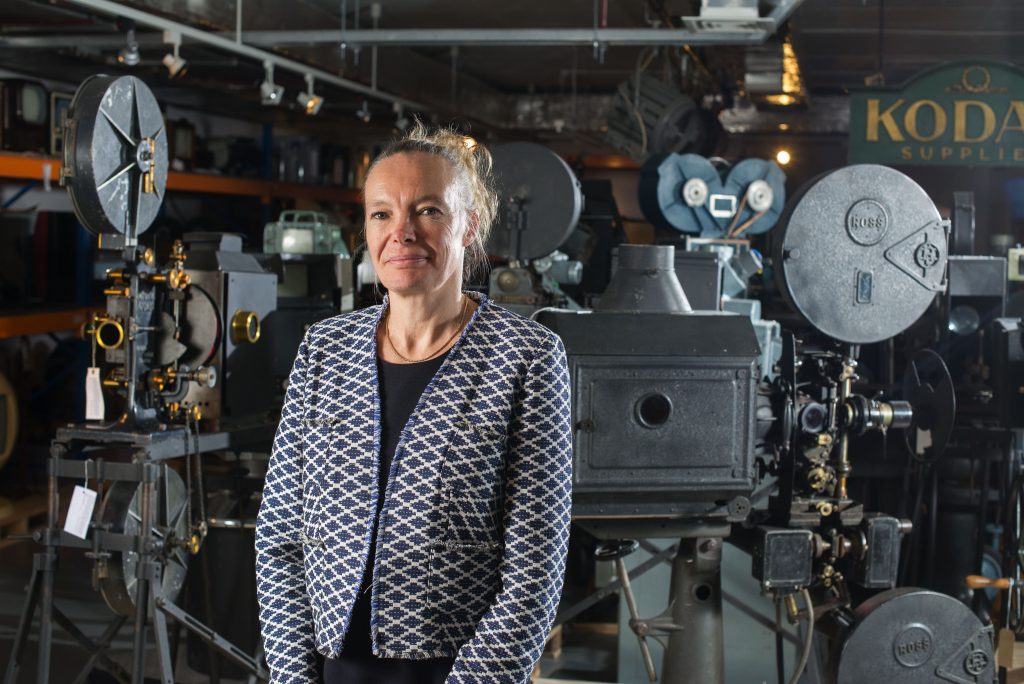
Jo Quinton-Tulloch, Director of the National Science and Media Museum
Jo Quinton-Tulloch, Director of the National Science and Media Museum said: “We’re looking forward to welcoming visitors back into the museum in January just as Bradford takes on the role of City of Culture. It’s going to be a momentous year for the district, and we’ve planned a fantastic lineup of exhibitions, festivals, and events including a new immersive exhibition in partnership with Bradford 2025; a supercharged Bradford Science Festival and the opening of our new Sound and Vision galleries in the summer. With an enhanced public programme, newly revamped spaces and improved accessibility including a new passenger lift, we’re ready to welcome many more visitors in 2025 and beyond.”
The Sound and Vision Project is a £6m capital investment, and in addition to funding received from The National Lottery Heritage Fund, the project also has support from the DCMS/Wolfson Museums and Galleries Improvement Fund 2022–24, Bradford Council and the Science Museum Group, which the National Science and Media Museum is a part of.
Rebecca said, “Our biggest moment is going to be when we launch the sound and vision galleries and that’s in the summer so we are planning a really big celebration around that. We’re opening in January but we want to really align with City of Culture and not try to compete with the launch events that they have.”
When the museum reopens in January it wants the event to have a “friends and family” feel.
“We are a national museum but we have a really close relationship with Bradford audiences, so I think it’s going to be very much about the friends and family of the museum,” Rebecca said.
The event will also focus on the community groups that the museum has
worked with in the redevelopment – because even though the museum building has been closed to the public, its work has very much continued during that time.

“We’ve worked with over 100 volunteers to inform the redevelopment project and so far they’ve generously given us 1600 hours of their time,” Rebecca said.
This work has allowed the museum to identify some priority groups who might have a barrier to participation, including blind and partially sighted visitors, deaf visitors and neurodivergent audiences.
It also has a special focus on young people and has created a youth forum.
“We’re the UK’s youngest city. We really want to engage those young audiences and we think designing this museum with those audiences is the best possible way to attract them,” Rebecca explained.
It also has an access panel that includes a range of people with different challenges in life, such as being a wheelchair user or being partially sighted.
“Our learning team has taken the museum out on the road as well,” Rebecca said. “We’ve had a schools programme ongoing where rather than schools coming and visiting the museum we’ve been out to them to deliver workshops. We’ve had 28,000 participants in our schools programme during the closure – which is staggering – and we’ve also done outreach events in libraries, community centres, and shopping centres.”
The museum has focussed on areas of Bradford from where it knows it has low visitor levels, with BD3 and BD5 being target postcodes.

“It’s been really interesting because we’ve been out and embedded ourselves in those communities, popping up in community centres, doing fun things, workshops, activities with families. So it’s going to be really interesting to see if we can welcome them in to the museum if perhaps they haven’t visited before.”
The revamped museum will have a lot to offer young people.
“One area of the new galleries that I know is going to be really exciting to young audiences is an area that we are calling gig zone. It’s about that shared experience of live music and with really nice interactives where people can mix their own music,” Rebecca said.
Another section will look at the history of animation. There will also be an authentic recreation of the Bradford Community Broadcasting studio and an interactive digital art installation in a double height space.
The museum has a number of internationally renowned artefacts.
“One of the absolute stars of our collection is the Cottingley Fairies photos – where the little girls are depicted with fairies. That went global and people really believed that they were genuine for a couple of decades. Then it came to light that they were fake.”
In today’s world of digital manipulation of imagery and fake news that saga can still strike a chord.
“We’re going to tell the story in ways that people can really relate to because actually fake news is not a new thing,” Rebecca said.
“We’ve got the photographs and we’ve also got the cameras that took those photographs. Really what we are giving visitors is an understanding of how those technologies work and how they evolve, which is hopefully really interesting and enlightening for people, because they use these technologies all the time but may not have thought about how they’ve developed.”
“We’ve also got firsts in the collection,” she said. “We’ve got the world’s first photographic negative and the first moving images, which were actually taken in Leeds by Louis Le Prince.”

While the Bradford audience is very important to the museum, 2025 will present an opportunity to attract visitors from much further afield.
“We feel it will be a unique opportunity for the museum and the city and the wider district,” Rebecca said.
“In bringing audiences from further afield we are going to be thinking carefully about how we engage with them and inspire them to come back again. We’d like to think the museum might be in your top three things to do in Bradford if you’re making a special trip there because you’ve seen that it’s the City of Culture.”
“I’d say about 30 per cent of our audience came from Bradford district in the year before we closed and quite a significant number came from the wider West Yorkshire region.
“We also attract quite a lot of visitors from Manchester, from across the Pennines, because it’s quite accessible for people from that direction. We would like to think we might see a different proportion of visitors from further afield.”
The museum creates special exhibitions, interactive galleries and activities for families and adults, and is home to Pictureville, Yorkshire’s biggest independent cinema with three screens including Europe’s first IMAX and the only remaining Cinerama venue in the world.
Pictureville Cinema, Yorkshire’s biggest independent cinema reopened in August following a 10-month temporary closure. The reopening of Pictureville Cinema follows the recent reopening of the museum’s Cubby Broccoli screen



